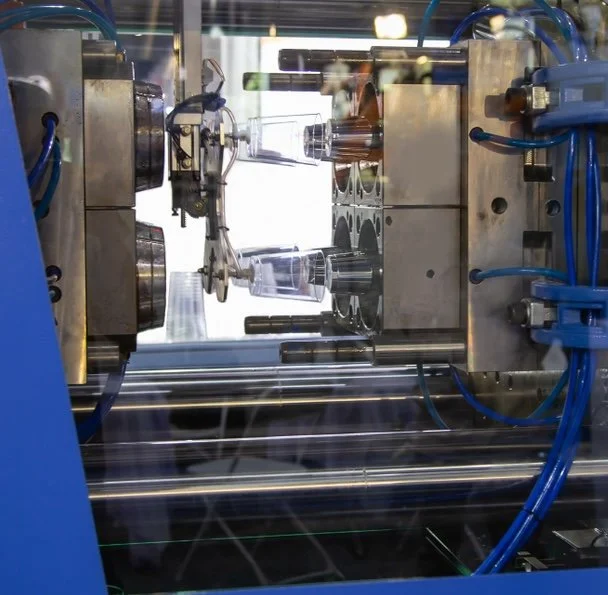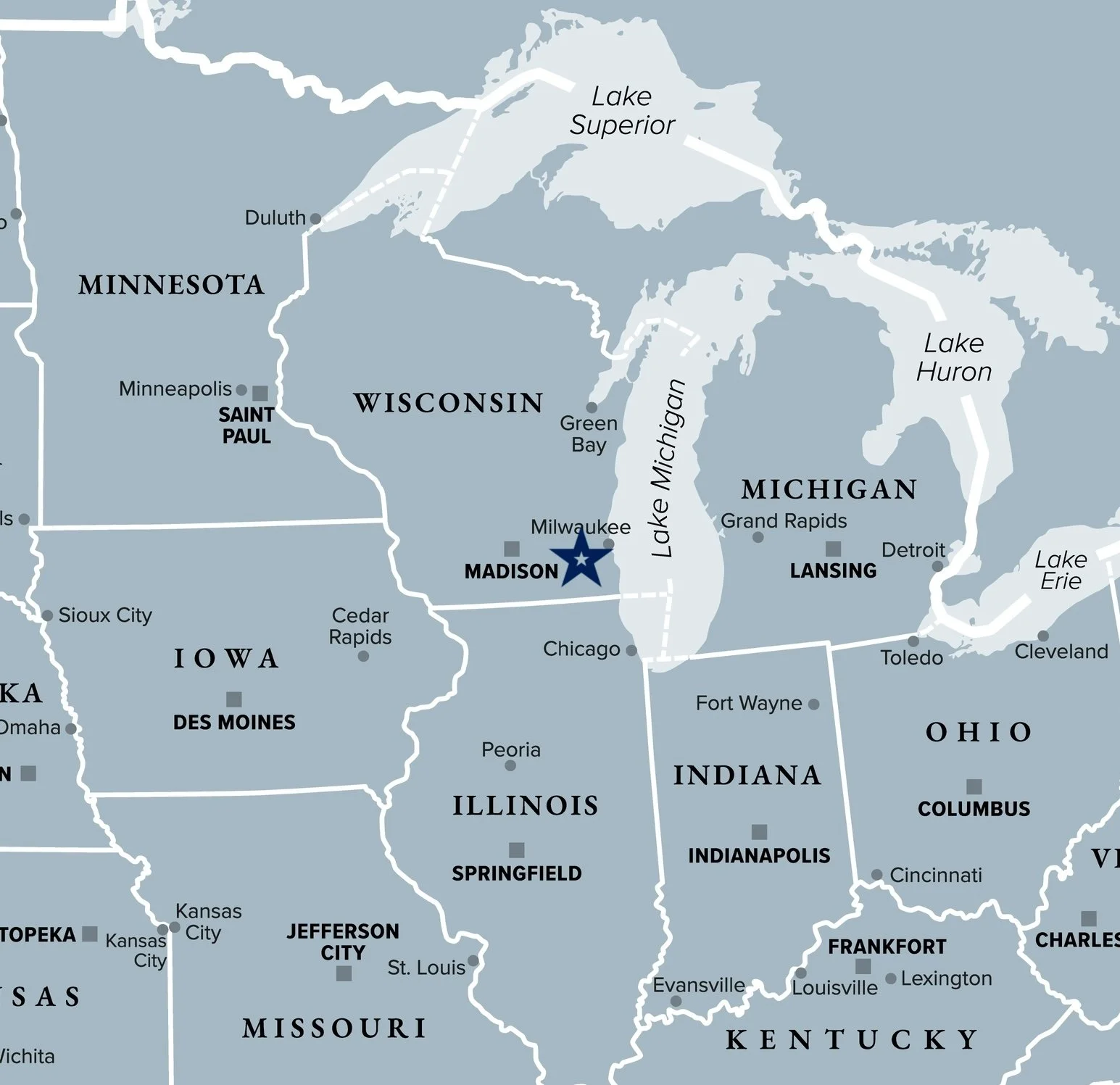
At the heart of America’s manufacturing revival is a powerful movement: reshoring. As companies seek greater control, speed, and reliability in their supply chains, E-S Plastics is proud to be part of the solution. With deep roots in domestic manufacturing, we provide the capabilities, craftsmanship, and commitment needed to keep production close, quality high, and lead times short. Whether you're looking to shift from overseas suppliers or strengthen your U.S. footprint, our Wisconsin-based team stands ready to deliver smart, scalable solutions built for today’s market demands.
Transfer Tool Expertise
With more than 300 successful mold transfers, E-S Plastics brings proven experience in managing mold transfers, ensuring a smooth transition with minimal disruption to your production.
Regional Location
A Wisconsin-based manufacturer, we offer the speed, accessibility, and cost-efficiency that only a regional manufacturing partner can provide.
Customer Focus
We work as an extension of your team—prioritizing responsiveness, transparency, and tailored solutions to meet your unique reshoring goals.
E-S Plastics Tool Transfer Process
Transferring a mold from one production facility to another may seem daunting—but with clear communication and a carefully developed transfer tool process, E-S Plastics has consistently delivered successful, stress-free transitions to domestic manufacturing.
-
Establish a clear scope, timeline, and roles.
Kickoff Meeting: Align stakeholders (engineering, quality, procurement, project managers) from both current and new molders.
Define Timeline: Set target dates for tool pickup, delivery, inspection, sampling, and production start.
Review Existing Agreements: Check for any tooling ownership documentation, NDAs, or contracts that may impact the transfer.
-
Ensure the receiving molder fully understands the mold and production requirements.
Gather Documentation:
Tool design drawings and CAD files
Bill of materials (BOM)
Maintenance records
Previous process parameters
Quality inspection criteria
Mold certification documents, if available
Define Performance Requirements:
Cycle time targets
Critical-to-quality (CTQ) features
Part tolerances and standards
-
Confirm the tool’s readiness for transport and operation at the new site.
Physical Tool Inspection:
Evaluate current tool condition
Identify wear, damage, or missing components
Transport Prep:
Clean and lubricate mold
Install protective covers or plates
Disassemble if required for safe shipping
Select Transport Method: Ensure proper logistics and insurance coverage
-
Validate that the mold produces acceptable parts in the new environment.
Trial Runs
Establish baseline process using original settings
Adjust as necessary to match previous part quality and performance
Part Evaluation:
Dimensional inspection
Cosmetic assessment
Functional testing (as needed)
Document Process Parameters: For ongoing production and quality control
-
Ensure the mold is fully validated and production-ready.
Final Run-Off Approval: Obtain customer signoff if required
Update Documentation: Record new setup sheets, quality plans, and maintenance schedules
Train Operations Team: On handling and running the mold
Case Study: Strategic Supplier Transition and Tool Transfer Success
Background
A Fortune 500 customer made a strategic decision to exit an existing supplier relationship. To ensure a seamless transition and protect critical supply chains, early engagement and meticulous planning were essential.
Approach
Planning discussions began three months before the planned tool transfer. A structured project management framework was established:
Phased Prioritization: Parts were evaluated based on risk and timeline sensitivity, then organized into three distinct phases.
Action Plans: Each part was assigned a detailed action plan to ensure readiness and mitigate risks.
Communication Rhythm: Weekly project status meetings were held via Microsoft Teams, maintaining consistent communication, accountability, and rapid issue resolution.
Over a six-month period, the transition achieved:
62 parts successfully moved into production
48 tools transferred and requalified
Zero disruption to the customer's supply chain
This proactive, disciplined approach enabled the Fortune 500 customer to complete a complex supplier transition while maintaining production stability and meeting critical timeline expectations.
Results
If you are looking to eliminate the risk associated with long-distant supply chain, E-S Plastics provides piece of mind with high-quality, on-time domestic plastic injection mold manufacturing.





